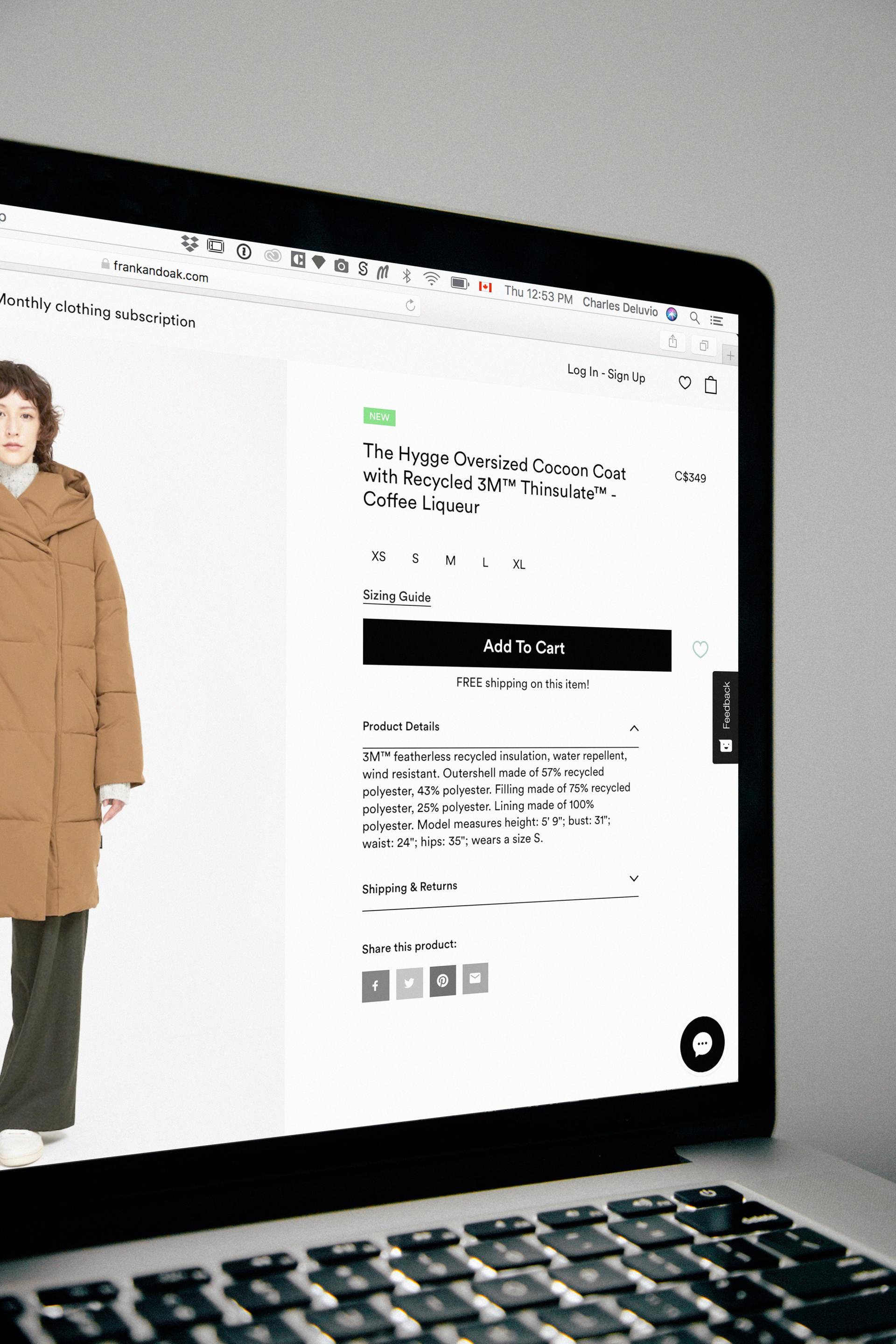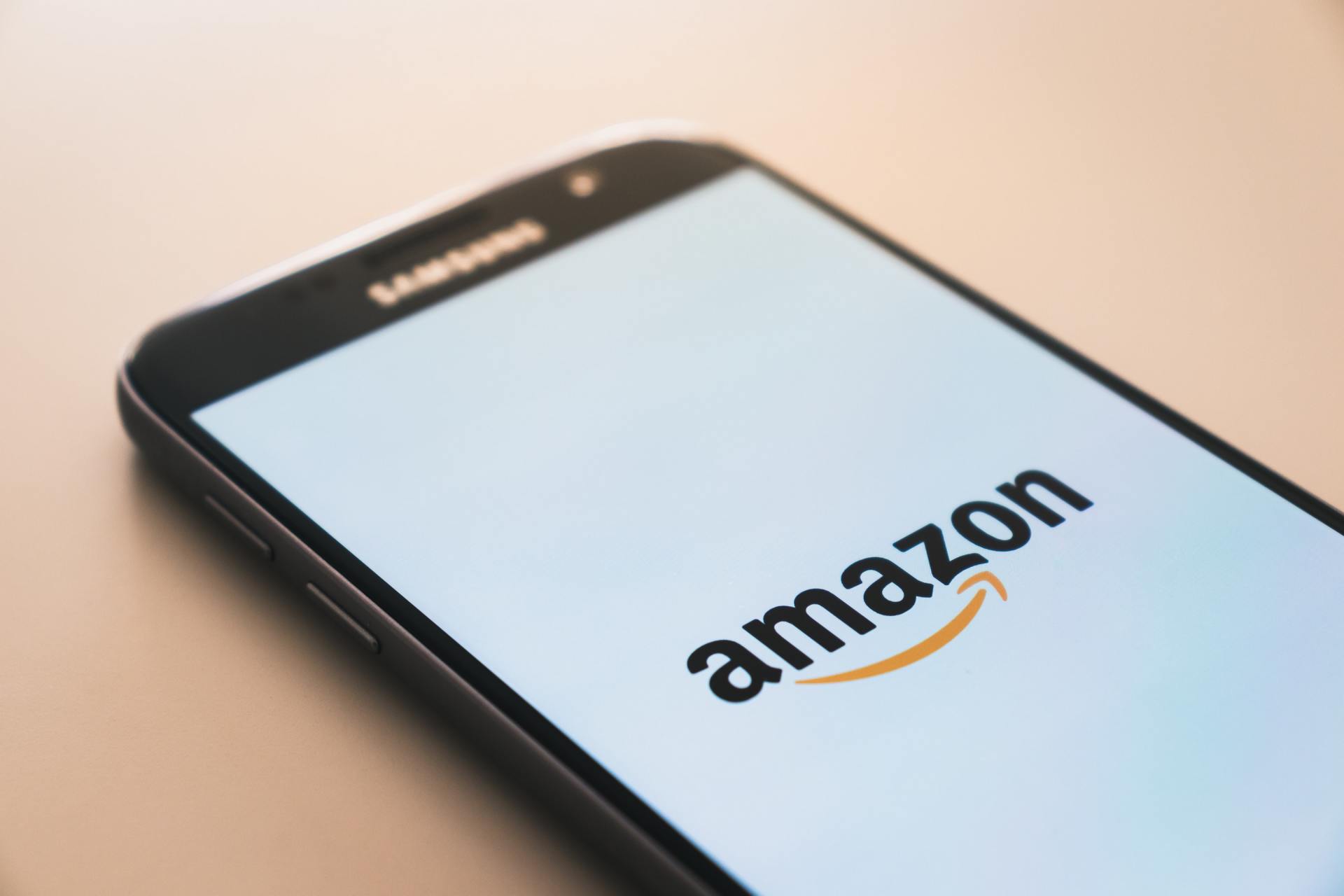sites • June 1, 2020
Selling online During A Pandemic
As Facebook launches 'Shops' to allow businesses to sell their products through its social network, what does the future of a store front look like for small businesses in 2020?
Shopping behaviors have changed dramatically as the Coronavirus pandemic has swept the globe, in turn leading many businesses to adopt new strategies and fast.
Businesses who were no longer able to operate through a physical storefront had to act quickly to save their livelihoods. And for the first time, many retailers have had to think about taking the leap to migrate their businesses online, working with partners to enable fulfillment and finding solutions to new problems so that they can continue to sell to their customers throughout the pandemic.
We have seen new online services, ordering, booking, curbside, and fulfillment mechanics flood the market in an attempt to capitalize on retailers who are jumping to add digital storefronts to their business proposition. As more retailers are relying on their digital business to keep sales afloat, e-commerce platforms are adding new services and apps daily, and are ready to take your money.
But which platform or partner is right for you and your business?
Transferring your physical output to a digital storefront need not be a daunting task but it's worth noting that e-commerce platforms vary in subscription fees, transaction fees, and of course, functionality. With every platform vying for your attention, it's important to choose the right partner, one that can streamline and add value to your business, rather than create more problems. It is important to evaluate what you need as a business and not jump 'feet first' into the first platform you find. Think about the next five years, not just tomorrow!
Facebook has always been vocal about adding an e-commerce element to its platform but now with a surge in digital sales and digital retailers, they have unveiled several new shopping features in an effort to make its social network more relevant for business.
In the surging trend to create digital storefronts, Facebook allows businesses to integrate their catalogs within the social network and allow for external links out to purchase the products or allow Facebook users to purchase within the network. All at a cost though. They are currently setting their transaction fee at a whopping 5% and will soon be adding in message purchasing through Messenger and WhatsApp. So right now it may be free to list your products, but you can be sure they are wanting a piece of your pie.
New consumer behavior trends are varied, from bulk buying, to solely shopping online, people are changing how they are buying, what they are buying, and when. The role of a retailer within the ever-expanding market place has become fluid, vast, varied, and essential. Creating a pandemic proof business might feel like an enormous task but it is more about future-proofing your business, not just for 2020 but beyond.
The gold in all of this and what often gets lost is that if you have an existing website, a physical store/presence, then you have a captive audience and have customers, and you already own the customer relationship.
You don't need to rely on retail partners to promote your brand and you can sell directly to your customers, continuing to give them support even after the sale. That direct customer relationship is worth everything and it is yours. Anything you do to help solidify or enhance that will only help, not hinder. While big brands are racing to sell DTC - Direct to the consumer, you have a head start.
You hopefully already house their data so can personalize not only that relationship but the products you provide for them, going beyond that, to create bespoke experiences for them and orchestrating how they interact with your business.
A big trend within the e-commerce multiverse has been personalization and automation. Whilst personalization allows you to pinpoint character traits of your buyers to provide them with the right products and messaging, and at the right time, automation eliminates a number of the manual, time consuming, repetitive tasks.
From managing inventory, to flash sales, listing new products across multiple channels, to segmentation, and customer tagging for multi messaging and retention, automation offers a best-in-class shopping experience that can trigger a number of manual tasks to make your life easier. A great way to grow your online business saving valuable time and increasing sales.
With the ever-growing uncertainty and pressure placed on physical retailers through government or state legislation, digital channels have now become essential. How will retail reinvent itself as we move forward?
Traditional retail businesses can be caught between long term financial commitments and often stagnating sales but rather than viewing digital channels in opposition to a physical market place - are they not becoming one and the same? As quickly as we are seeing physical stores migrate and develop a digital sales strategy, we are also seeing sole online retailers invest in physical stores. In the ever-changing landscape that has always been the world of e-commerce, does it not now make sense that businesses have no choice but to follow the ebb of the digital landscape?
We are certainly living in unchartered times but equally businesses of all sizes are facing the exact same issues. It almost feels like a level playing field and with the demand for online sales only set to grow within this new digital 'boom', it should be an exciting time for businesses to get creative with technology to help them level up.






